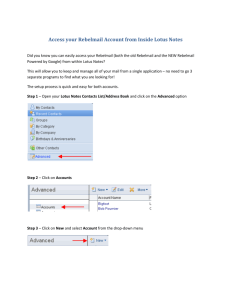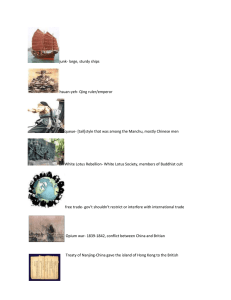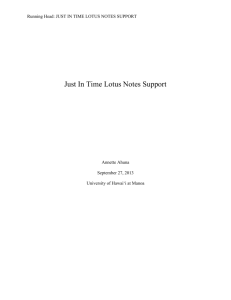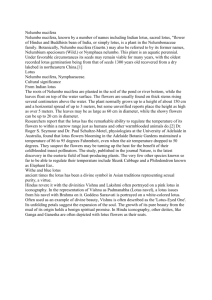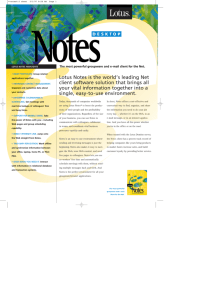Lotus Diagram - Moline High School
advertisement
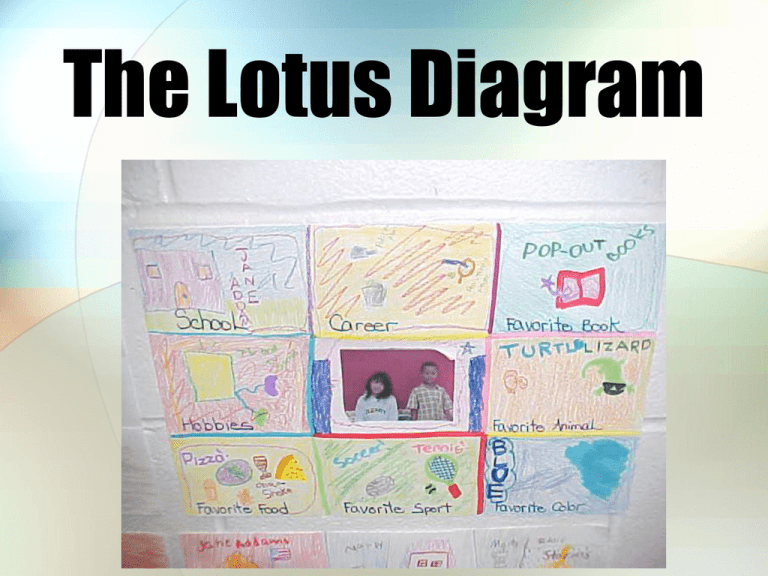
The Lotus Diagram Ground Rules Classroom Mission created by students Statements Quality tools and PDSA used regularly Classroom Meetings facilitated by students The Continuous Improvement Classroom Student-led conferences Classroom and Student Measurable Goals Classroom Data Centers Student Data Folders Lotus Diagram Overview • A lotus diagram is an analytical, organizational tool for breaking broad topics into components, which can then be further organized, analyzed or prioritized. • It is a picture of the separate components of a topic. It provides a common understanding of the components of the topic. What is a Lotus Diagram • A visual of the components of a whole • Organizational tool for: foster thinking, analyzing, prioritizing, categorizing When? • Teams or individuals need a process for organizing and prioritizing components of a larger whole • Examine complex systems • Organize thoughts • Organize brainstorming around a theme or topic Why? • Defines the topic being studied • Fosters thinking skills • Organize ideas • Identify relationships Quality Tools Lotus Diagram Brainstorming Affinity Diagram Pareto Diagram Quality tools Nominal Group Technique Cause & Effect Fishbone Flow Chart Run Chart Student Project Example Topic: Civil War • creative thought and critical analysis as students explore new ideas. • lotus allows students to examine a variety of related areas, enriching a class’s understanding of the war in the context of its time. Some of the outcomes of the war Lotus as a Planning Tool The lotus was used to gather information for a research project. It was colored coded to differentiate between topics. Lotus in a Kindergarten Classroom Other Uses of the Lotus Diagram? Uses of the Lotus Diagram?
![----Original Message--- From: billg [mailto:billg] Sent:](http://s2.studylib.net/store/data/015670980_1-ef09e100a3fc992c1ae01fb576bf6c20-300x300.png)


